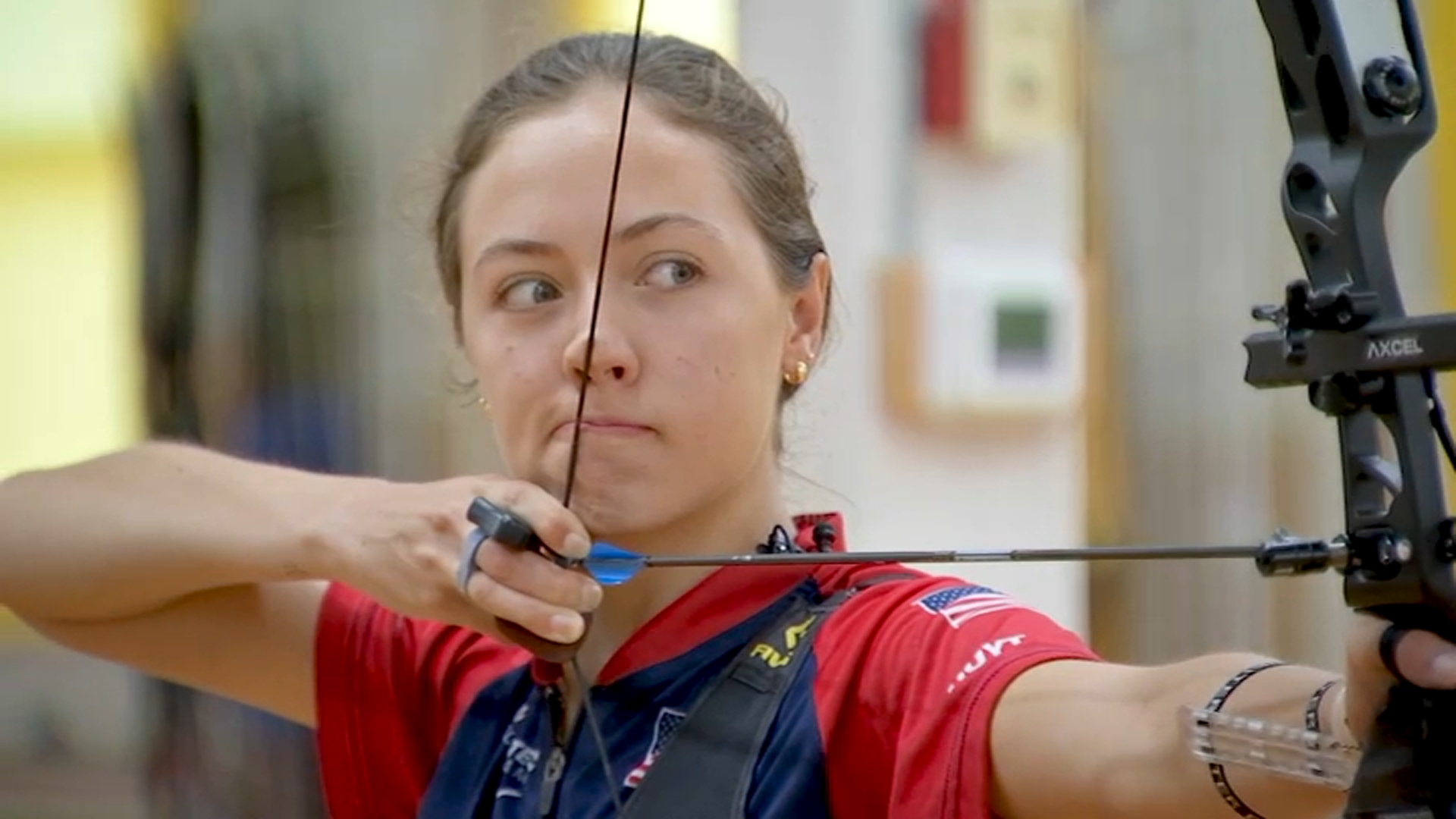The national artistic swimming team will compete in the Olympics for the first time since 2008, and a swimmer from Andover, Massachusetts, is hoping to represent Team USA in Paris.
Ruby Remati, 21, admits the sparkly swimsuits got her attention as a child when she saw synchronized swimming for the first time at the Andover YMCA.
"My dad would always take me every Sunday swimming with him, and so when we were passing to go to the little kiddie pool, I was only 5 years old, I saw a competition going on in the main pool and I saw all these sparkly suits and someone flying in the air. I turned to my dad, and I said, 'I want to do that. I want to wear a sparkly suit.' He's like, 'You want to swim.' I'm like, 'No, I just want the sparkly suit,'" said Remati. "Eventually, I got to wanting to do the swimming part, and I just joined a club team on ANA Synchro there, and from then on, my love for the sport kind of grew."
The sport widely known as "synchronized swimming" is now called "artistic swimming" to reflect its unique combination of artistry and athleticism.
"I feel like a lot of people don't realize the amount of training it takes to do synchronized swimming," said Remati. "We do an hour or two of land in the morning, and that consists of flexibility work, ab work. We do CrossFit two to three times a week. And then we are in the water from six to eight hours sometimes."
The sport can also be dangerous as athletes execute acrobatic stunts in the water.
"Concussions are super common in our sport. Heads can collide. I've gotten a nice knee to the head before. I've gotten a concussion just from sinking and hitting my head on the bottom of the pool sometimes," said Remati. "We hit each other in the water and it's not all beautiful and pretty and sparkles. I have bruises all over my legs."
That did not deter her from pursuing it.
"I'm a very competitive person. I knew that when I was little, so right away, I was like, you know, if I'm going to do this sport, I want to get really good at it," said Remati. "I watched a documentary about the 2004 Olympic team, coached by Chris Carver, and I would watch it in the back of the car on the way to a meet. I remember that moment, 'I want to go to the Olympics, like this is what I want to do.' When I was 11, I would try really hard to make this national team, and every day after a shower, I would write, 'I will make this national team' in the little mirror. And it worked, I made it, and from then on, I've loved that feeling of working really hard for something and accomplishing it, and so I guess that fueled that motivation for the future."
More on Paris 2024
At 14 years old, she decided to pursue her dream full-time, leaving Massachusetts to train in California.
"My parents really took a leap of faith with me. I completely moved my entire family out, and I thank my parents every single day, maybe not verbally, but inside, I definitely thank them every single day, because it's not an easy sacrifice to make," said Remati. "Also, I wasn't able to attend a normal high school experience. I had to do online school, which can be quite expensive, as well. And so, I mean, just the sacrifices of social life, normal education, just day-to-day things, as well. It's all worth it, though, to me and to my family and my parents. At the end of the day, everyone on this team has made their own sacrifices, and so it's nice to be around other girls who are all in this together."
NBC10 Boston met with Remati at Team USA's practice ahead of the world aquatic championships, where they qualified for the Paris Olympics. The team ran through their routines again and again, with painstaking precision. Their coach, Andrea Fuentes, said they're pushing the envelope with the physicality of the sport, as the Paris Olympics is adding a new event in artistic swimming, called "acrobatic routine," to the program.
"It's kind of a chess game. You have to have a big strategy. So we went for a risk and difficulty. We didn't want to play safe. And that's been our strategy, and that's our chance, why we suddenly climb back, because we didn't see a threat, we saw a possibility," said Fuentes. "It was, more or less, the change that happened in gymnastics in the era of Simone Biles, the difficulty was everything, they could even fall and still win because her difficulty is so high."
Fuentes is a four-time Olympic and 16-time World Championship medalist. She competed on Spain's national synchronized swimming team. She said she was inspired to get into the sport by the United States' artistic swimming team that won gold at the Atlanta 1996 Games.
"It's, for me, a magic sport, because imagine we are humans made for land, to breathe, and not to be in the water without breathing upside down, trying to synchronize with other people at the same rhythm in a place that you don't have that gravity we're used to, and throw a person over the air without touching the bottom. If you think about it, it's extremely magical. I think it's one of the most difficult things you can do physically," said Fuentes. "When I got the offer from the United States [to coach] it felt like full circle, because I really wanted to give back that first dream that they gave me."
Remati has a similar motivation.
"I just want this team to be like the 2004 team for me, you know, like, to inspire the younger athletes," she said. "After all the years of hard work and sacrifices that you put in, having that kind of peak moment, it's just like the cherry on top."
While the team has qualified to compete in Paris, only eight of the 12 members will go. Remati is waiting to hear if she will be included in the Olympic roster.





